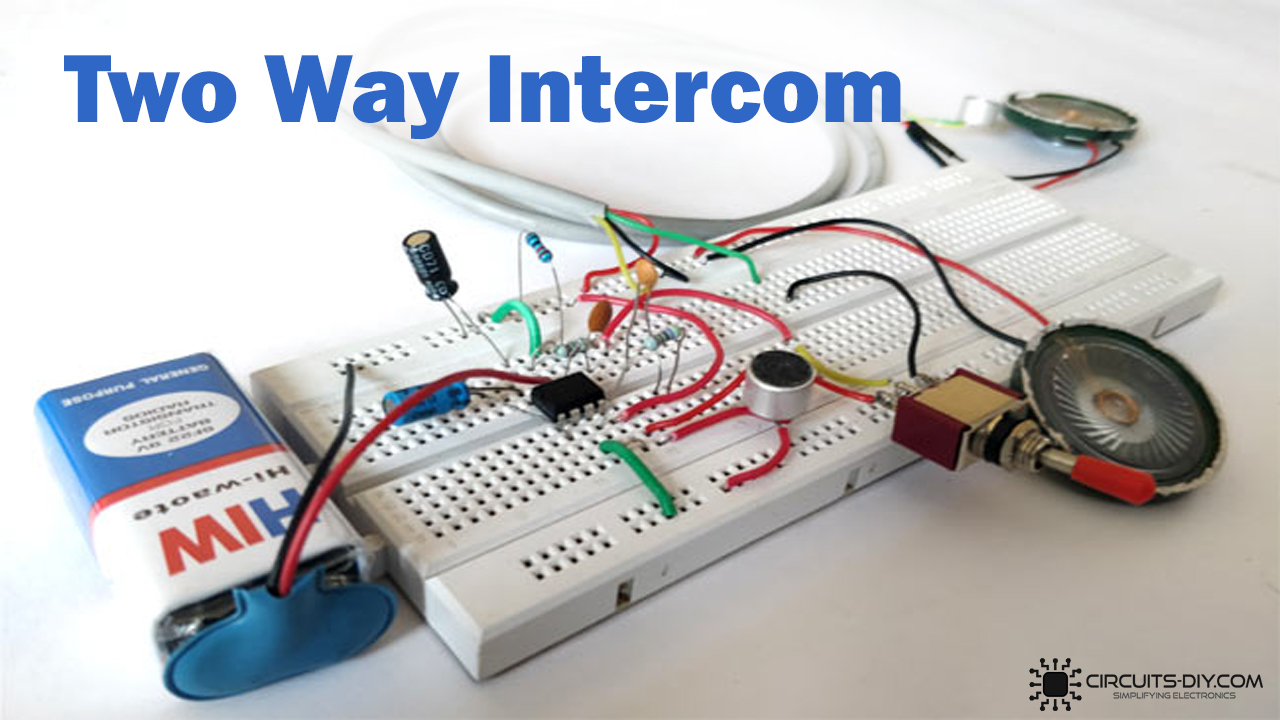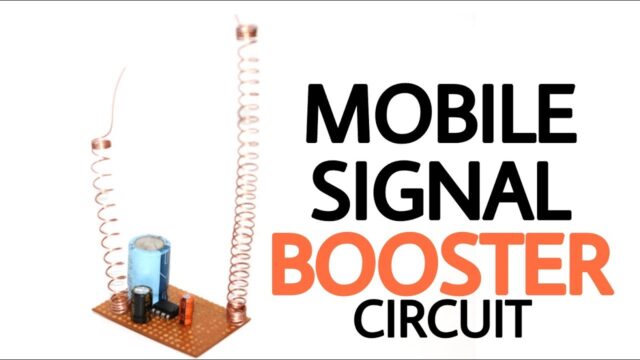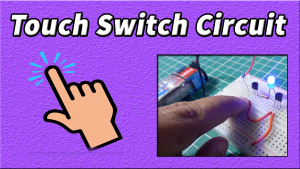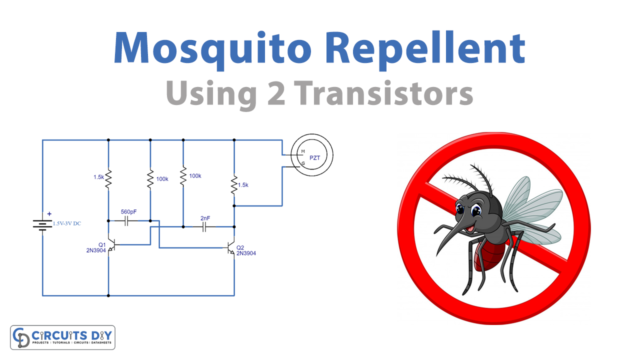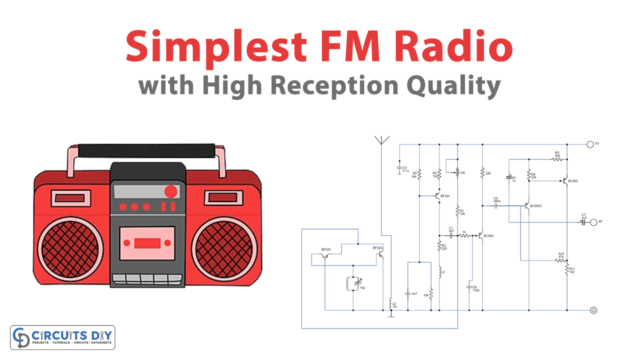In this tutorial, we will formulate a simple two-way intercom circuit typically, several schools and offices have intercoms in a building either on a specific campus to touch with people. This is much like mobile phones. However, if you do not need an operator, you will be forwarded to the recipient directly from one end.
In this circuit, we will construct a very simple intercom circuit that provides connectivity in your house or school in two ways locally. This project takes the childhood memory to a simple telephone by matchboxes with thread. Now, let us take it down to the next level by constructing an electronic circuit (amplifier).
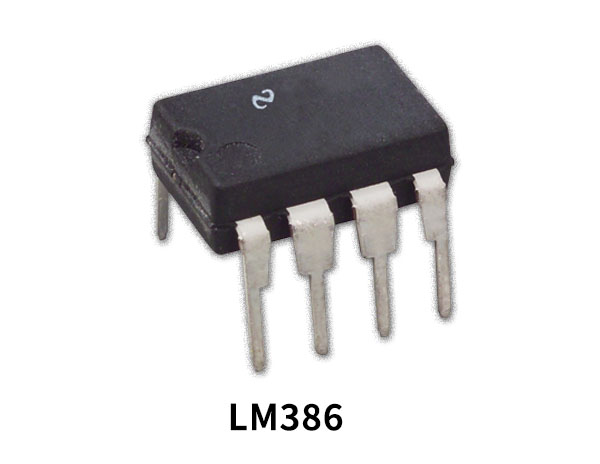
Hardware Component
The following components are required to make an Intercom Circuit
| S.no | Component | Value | Qty |
|---|---|---|---|
| 1. | Resistor | 10K, 4.7K | 2, 1 |
| 2. | Ceramic Capacitor | 0.1uF, 10uF | 2, 2 |
| 3. | Microphone | – | 2 |
| 4. | Breadboard | – | 1 |
| 5. | SPDT switch | – | 1 |
| 6. | Speaker | – | 2 |
| 7. | Audio Amplifier IC | LM386 | 1 |
LM386 Pinout

For a detailed description of pinout, dimension features, and specifications download the datasheet of LM386
Intercom Circuit
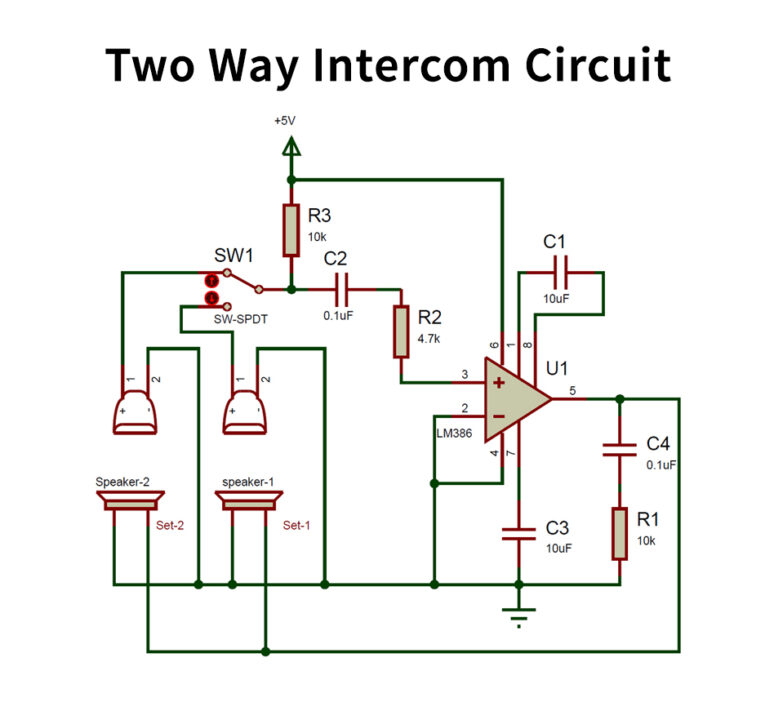
Working Explanation
As you can see, the circuit is easy to design through a breadboard. Audios LM386, which receives the audio signal from the microphone, amplifies, and plays it on the speaker, is a key concept behind the circuit. The gain range of LM386 is between 20 and 200; by default, the gain value is 20 but increases to up to 200 via a condenser over pins 1 and 8. We used a 10uF condenser here to achieve a maximum gain of 200. The R2 resistor controls the speaker volume; here, I have a resistor of 4,7K that measures the volume to medium level. To get the volume of your choice, you can experiment with 1K-100K.
The amplifier output (pin 5) is correlated to the speakers. One speaker is used, as shown in the circuit diagram in set-1, and the other in set-2. The amplifier’s input is the microphone (the microphone has a polarity as you’ll be careful when connecting the sound). We cannot guarantee sustainable sound in each microphone to use SPDT switches, as shown above.
Just one microphone is fitted to the booster by the SPDT switch. So only one person can communicate at a time. This form of communication is called half-duplex communication. After talking, the user has to switch the SPDT switch to start talking to the person anywhere.
Applications and Uses
Many schools and offices have intercoms in a building or on a particular campus to communicate with people. This is very much like mobile phones, although if you do not need an operator, you will be forwarded to the recipient directly from one end.


